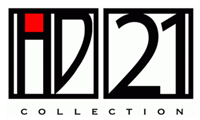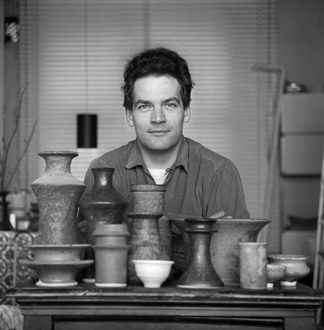Product Description
Jan Van Der Vaart / Dutch Avant-Garde Pottery “I-beam” Vase, 1991


JAN VAN DER VAART (1931-2000) The Netherlands
I-beam vase 1991
Matte bronze glazed stoneware
Signed: 91 VD VAART (incised)
For more information on Van der Vaart and his work see: Jan van der Vaart, Ceramics, Marjan Unger, et al. (The Netherlands: Stichting Harten Fonds, 1991); Jan van der Vaart Multipels 1967-1997, Allaard Hidding (Leeuwarden: Keramiekmuseum Het Princessehof, 1997), illus. 88, p. 88.
H: 9 1/2” x W: 10 1/8” x D: 5 1/2”
Price: $8,000
Jan van der Vaart, born in 1931, is one of the Netherlands’ best known potters. He was not only a trend-setting artist and industrial designer, he also taught an entire generation of Dutch ceramicists while teaching at the Rietveld Academie in Amsterdam (1968-1990). His work is in the collection of many Dutch museums, the Victoria & Albert Museum in London and the Museum of Modern Art in New York.
Jan Van Der Vaart / Dutch Avant-Garde Pottery “I-beam” Vase, 1991
